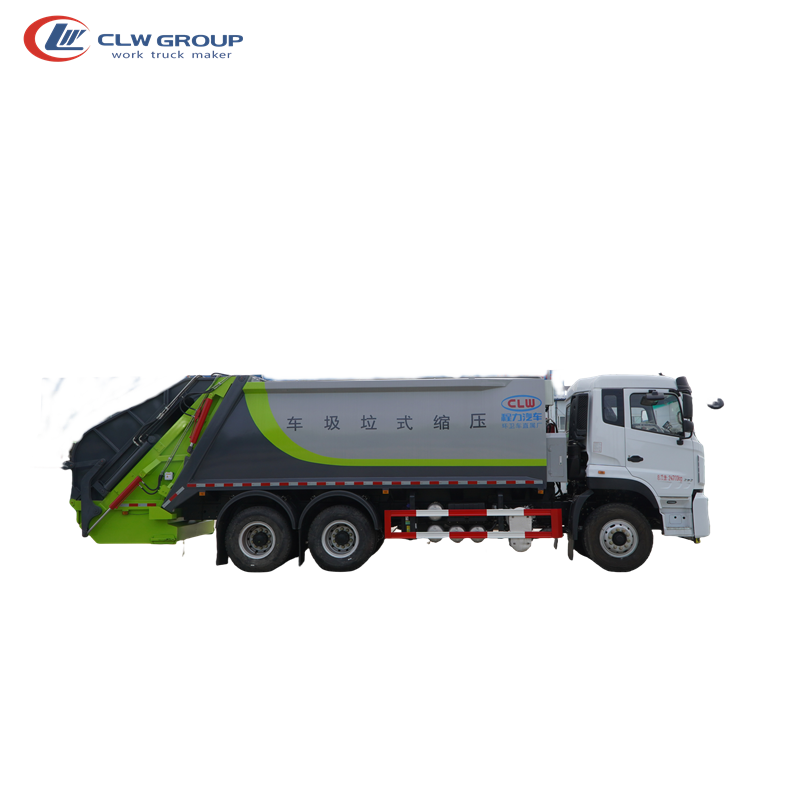Introduction
Box trucks play a crucial role in the transportation industry by providing a versatile and efficient means of moving goods from one place to another. As businesses increasingly rely on box trucks to deliver products to customers, the need for effective fleet management practices has become more important than ever. In this article, we will explore the key components of box truck fleet management and discuss strategies that can help businesses optimize their operations and maximize efficiency.
1. Understanding Box Truck Fleet Management
Box truck fleet management involves overseeing a company's fleet of box trucks to ensure they are operating efficiently and effectively. This includes tasks such as vehicle maintenance, route planning, driver management, fuel management, and compliance with regulations. By effectively managing their box truck fleet, businesses can improve productivity, reduce costs, and enhance customer satisfaction.
2. Vehicle Maintenance
Proper vehicle maintenance is essential for ensuring the safety and reliability of box trucks. Regular maintenance checks should be scheduled to inspect key components such as brakes, tires, engine, and lights. By conducting routine maintenance, businesses can prevent breakdowns, reduce repair costs, and extend the lifespan of their vehicles. Additionally, implementing a preventive maintenance program can help identify and address potential issues before they escalate into more serious problems.
3. Route Planning

Efficient route planning is critical for maximizing the productivity of box truck fleets. By optimizing routes, businesses can reduce fuel consumption, minimize driving time, and improve delivery times. Route planning software can help businesses identify the most cost-effective and time-efficient routes based on factors such as traffic conditions, distance, and delivery windows. By leveraging technology for route planning, businesses can streamline operations and enhance overall efficiency.
4. Driver Management
Effective driver management is essential for ensuring the safety and performance of box truck fleets. Businesses should provide drivers with proper training on vehicle operation, safety protocols, and customer service. In addition, monitoring driver behavior, such as speeding and harsh braking, can help businesses identify areas for improvement and reduce the risk of accidents. By investing in driver training and monitoring programs, businesses can enhance driver performance, reduce fuel consumption, and minimize maintenance costs.
5. Fuel Management
Fuel is one of the biggest expenses for box truck fleets, making efficient fuel management a priority for businesses. Implementing fuel-efficient driving practices, such as reducing idling time and maintaining steady speeds, can help businesses reduce fuel consumption and lower operating costs. Additionally, businesses can consider investing in fuel-efficient vehicles or alternative fuel options to further reduce their fuel expenses. By closely monitoring fuel usage and implementing strategies to improve efficiency, businesses can achieve significant cost savings and environmental benefits.
6. Compliance with Regulations
Compliance with regulations is a key aspect of box truck fleet management to ensure the safety and legality of operations. https://www.worktruckmaker.com/discover-the-best-rvs-for-sale-new-and-used-options/ must adhere to regulations related to driver hours of service, vehicle inspections, and load securement to avoid fines and penalties. By staying informed about regulatory requirements and implementing policies to ensure compliance, businesses can maintain a positive reputation and avoid costly legal issues. Regular training and audits can help businesses ensure that their operations meet regulatory standards and operate in a safe and compliant manner.
7. Technology and Data Analytics
Advancements in technology have revolutionized box truck fleet management by providing businesses with tools to streamline operations and improve decision-making. Telematics systems, GPS tracking, and data analytics software can provide businesses with real-time visibility into their fleet operations, allowing them to monitor vehicle performance, track driver behavior, and optimize routes. By leveraging technology and data analytics, businesses can make informed decisions, identify areas for improvement, and enhance overall efficiency.
8. Conclusion
In conclusion, effective box truck fleet management is essential for businesses to optimize their operations, reduce costs, and improve customer satisfaction. By focusing on key areas such as vehicle maintenance, route planning, driver management, fuel management, compliance with regulations, and technology integration, businesses can enhance the performance of their box truck fleets and achieve long-term success. By implementing best practices and leveraging technology, businesses can stay competitive in the transportation industry and drive growth and profitability.
